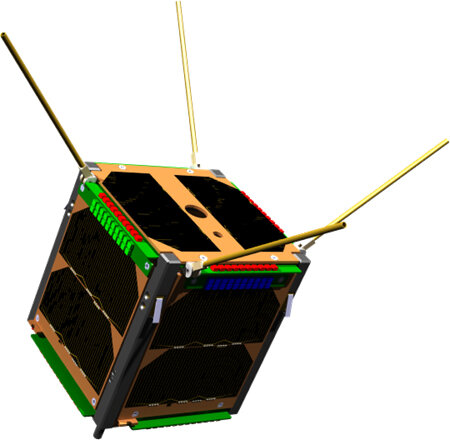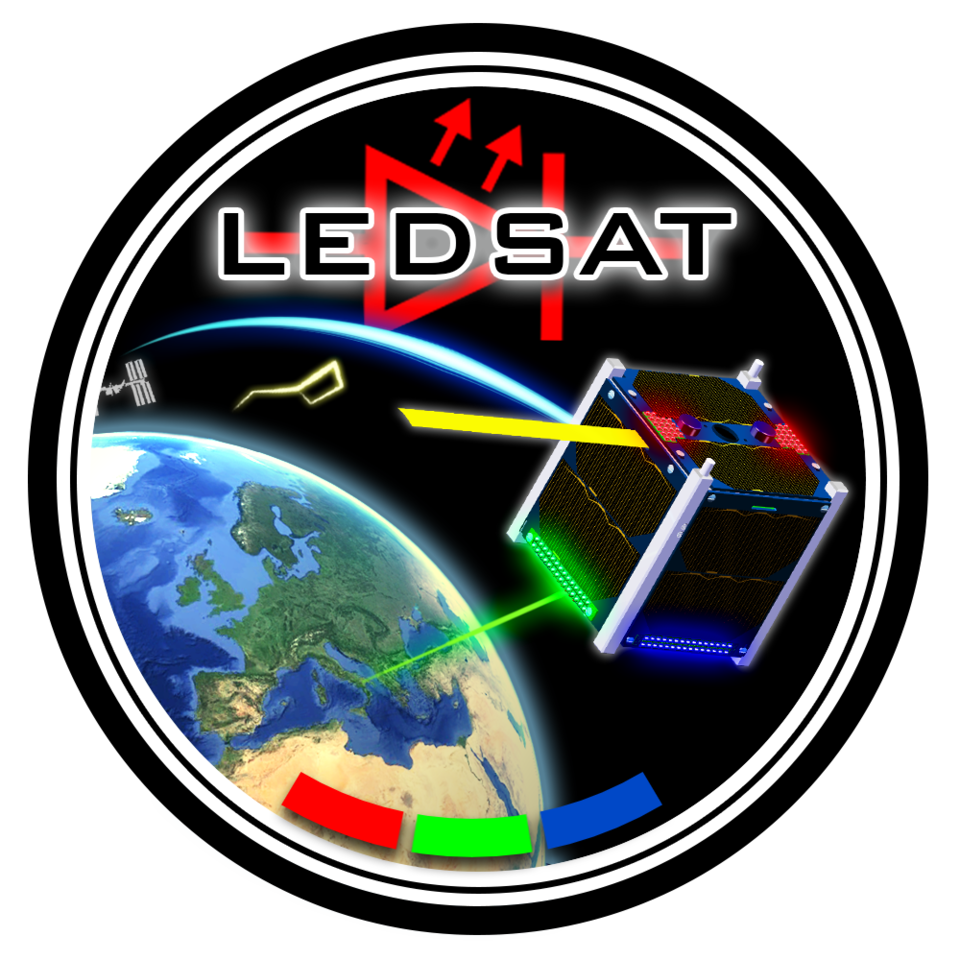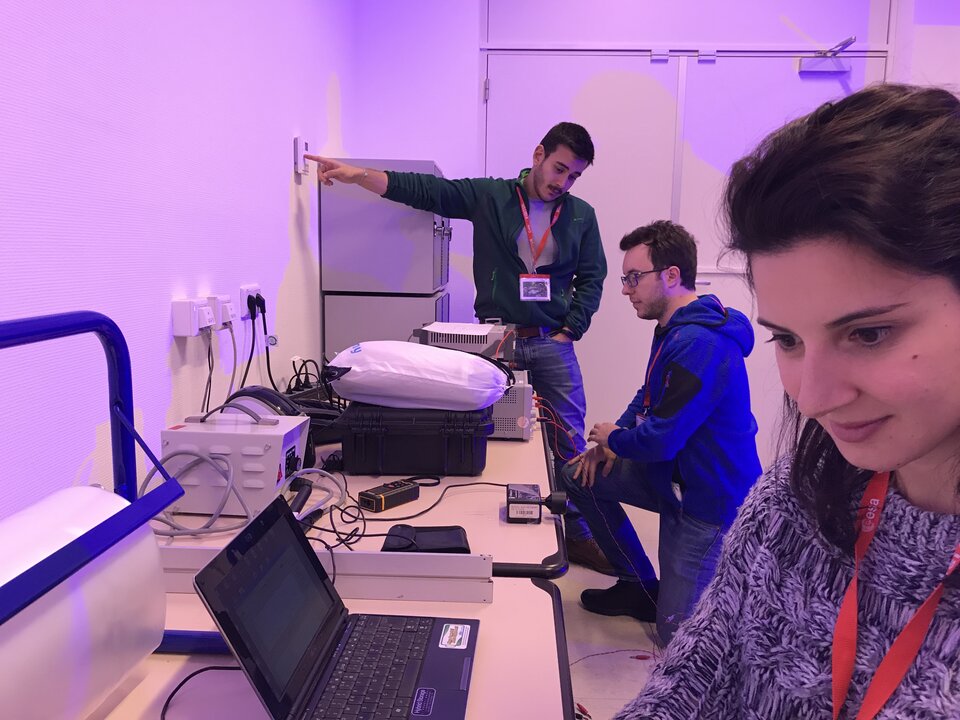Meet the team: LEDSAT
The LEDSAT 1U CubeSat is currently under development at the Space Systems and Space Surveillance Laboratory (S5Lab) of Sapienza – University of Rome. The educational aim of this university nanosatellite is to offer to the students of Aerospace Engineering to participate in a real space project, allowing them to understand the main aspects and criticalities of a complete spacecraft development cycle, from requirements definition and preliminary design to launch, operations and disposal of the satellite.
LEDSAT (LED-based small SATellite) is a 1-Unit CubeSat aimed at investigating the performances of a LED-based payload and at verifying and improving the current methodologies for optical LEO satellite tracking.
The team

The LEDSAT mission has been conceived to investigate the performances of a technology based on Light Emitting Diodes (LEDs) for the optical stand-alone Low-Earth Orbit satellites tracking. Moreover, the collected photometric optical measurements will be used to verify the possibility to acquire information about the spacecraft attitude and to test a LED-based optical communication system to be used as back-up strategy in case of failure of the Telemetry, Tracking and Command (TT&C) subsystem.
The increasing of uncontrolled objects and space debris orbiting around the Earth is leading to need of an improved asset survey to be able to find their position, predict their trajectories and avoid possible collisions with operative spacecraft with very high reliability and accuracy. The possibility to have an on-board autonomous system to illuminate the spacecraft immediately after its in-orbit deployment and during its lifetime will permit to immediately recognize it and to ensure its observability with ground-based telescopes, also during its eclipse period.
The mission

The LEDSAT team is composed of M.Sc. students of Space and Astronautical Engineering and PhD. Students of Aeronautical and Space Engineering from Sapienza – University of Rome. Students participate in the project in the framework of the hands-on activities offered by S5Lab. At the completion of each FYS Programme phase, the students have an opportunity of gaining University credits.
Although being all students of aerospace engineering (at different levels), the full set of needed expertise (optics, electronics, ADCS, structures, software…) is covered by the student team members. The experience in optical systems derives from the activities on space debris optical observation carried out at S5Lab. The lab team has also experience in the development of space systems, since LEDSAT will be the third CubeSat assembled at S5Lab.
CubeSat quick facts
| Payload | High-powered LEDs external arrays in three colors (Red, Green and Blue, with same LED color on opposite faces of the spacecraft) |
| Ground station |
Optical Ground Stations (Rome and Matera , Italy; Malindi, Kenya; Bern, Switzerland; Ann Arbor, Michigan, USA and Cerro Tololo, Chile), RF Network (Rome, Italy; Nairobi, Kenya and Ann Arbor, Michigan, USA) Laser Ranging Network (Matera, Italy and Bern, Switzerland) |
| Dimensions | Stowed <100, 100, 113.5 mm> |
| Mass | 1.325 kg |
| Power consumption | 5.26 W in Sunlight and 28.32 W in Eclipse |
| Solar panels | Five COTS high efficiency triple-junction solar panels, mounted on five of the CubeSat faces. All the panels are provided, on the rear side, with magneto-torquers for attitude control. |
| Mission lifetime | 1.5 years |
| Website | https://www.s5lab.space/index.php/ledsat-home/ |


